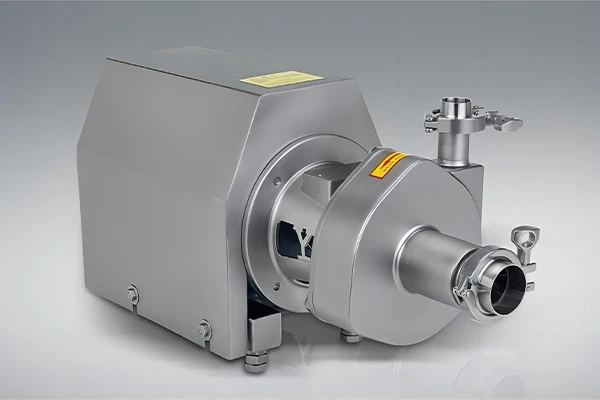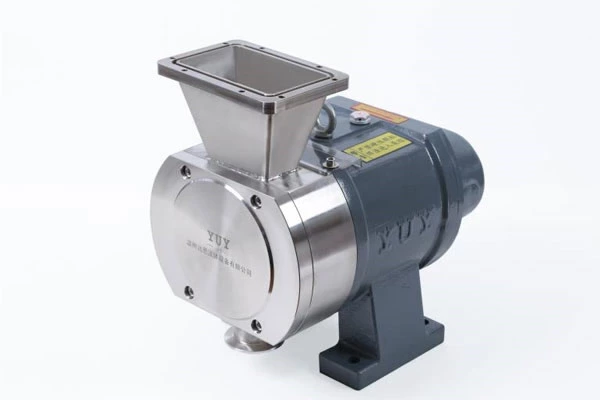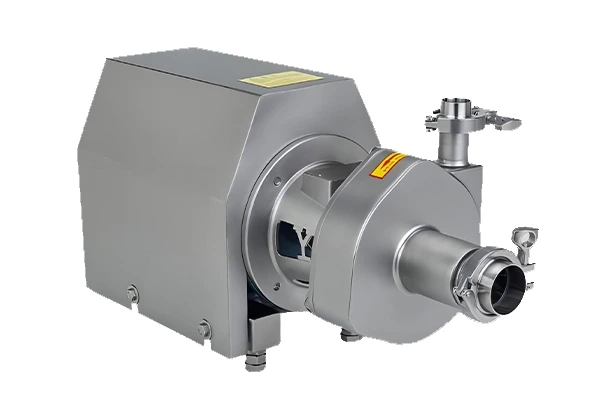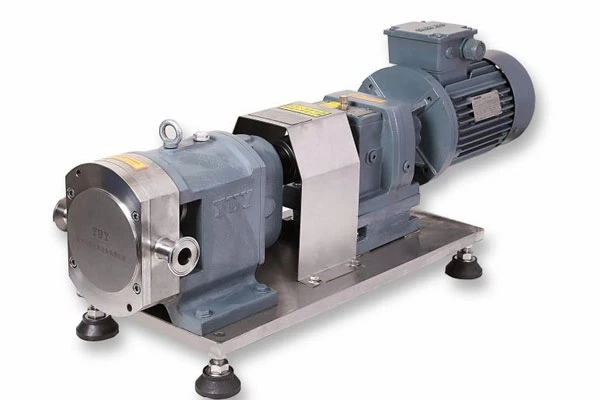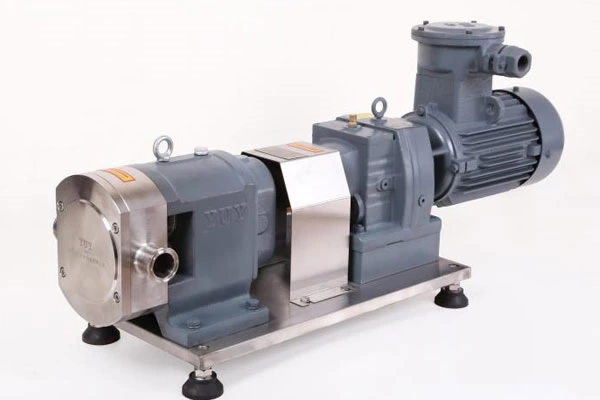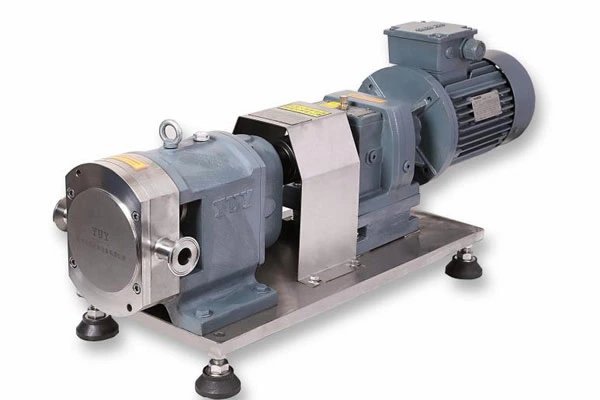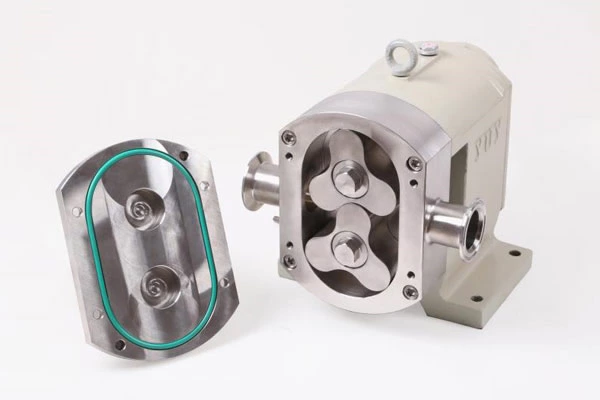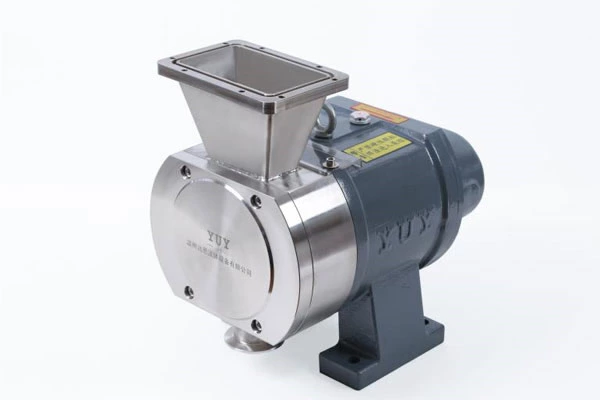What Is The Development History Of Sanitary Pumps
Sanitary Rotary Lobe Pump is a liquid conveying equipment used in the food, pharmaceutical, cosmetics and other industries. It has the characteristics of high hygiene standards, easy cleaning and no dead angle. The following is the development history of sanitary pumps:
1980s: Early sanitary pumps were mainly improved based on traditional centrifugal pumps or gear pumps to meet the increased hygiene requirements of the food industry. The structure of these pumps is relatively simple, difficult to clean, and not sanitary enough.
1990s: With the continuous improvement of hygiene requirements in the food, pharmaceutical and other industries, sanitary pumps began to adopt more advanced design and production processes. Stainless steel materials are used, and the surfaces of each component are precisely polished to improve hygiene performance. At the same time, new sealing technologies are introduced to ensure the sealing of the pump.
Early 21st century: With the further improvement of hygiene requirements, sanitary pumps began to pay more attention to design details to achieve better hygiene performance. For example, a no-dead-angle design was introduced to reduce liquid residue and improve cleaning effect. In addition, an intelligent control system was added to achieve automated operation.
In recent years: With the advancement of science and technology and the continuous development of industry needs, sanitary pumps have been constantly innovating. Some manufacturers have begun to launch materials with stronger corrosion resistance for the needs of special industries. In addition, some energy-efficient drive devices are also used in sanitary pumps to improve production efficiency and reduce energy consumption.
In general, the development history of sanitary pumps began with the improvement of hygiene requirements in industries such as food and pharmaceuticals, and has gone through a process from simple improvements to comprehensive upgrades. With the advancement of technology and the continuous changes in industry needs, sanitary pumps will continue to develop and adapt to new challenges and requirements.



